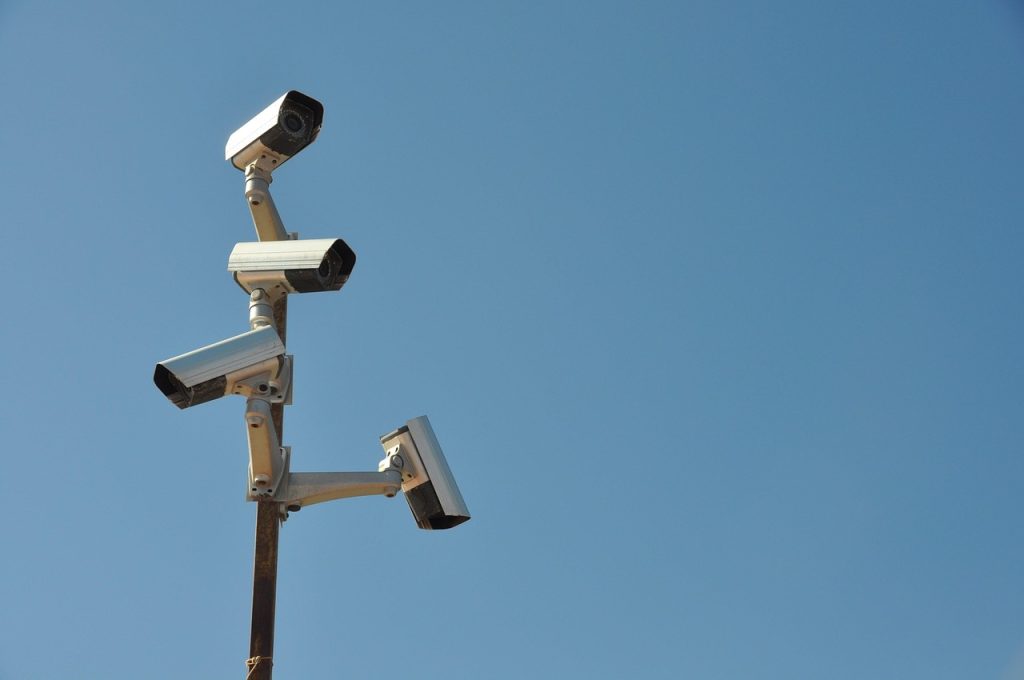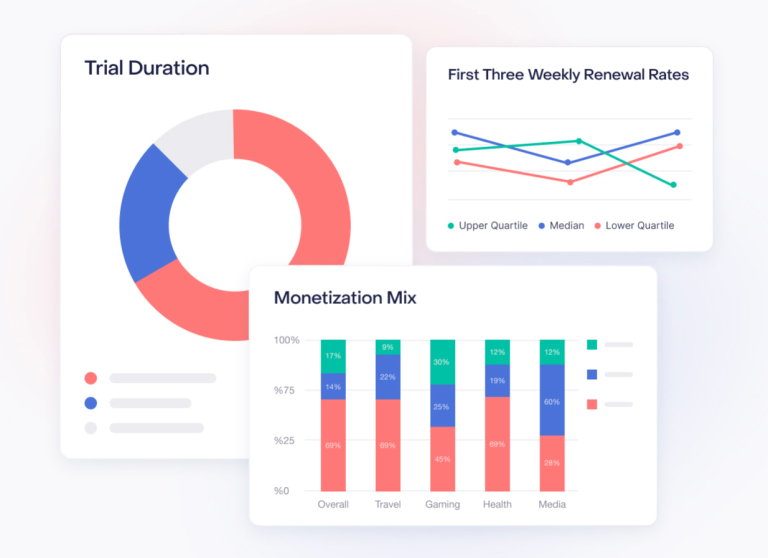
According to a new study, Amazon has employed algorithms, surveillance systems, and managerial strategies to suppress unionization efforts among its warehouse employees.
The research, conducted by a scholar from Northwestern University, focuses on the 2021 union election at Amazon’s warehouse in Bessemer, Alabama. During that vote, employees opted against unionizing—a decision the author attributes largely to Amazon’s deliberate intervention.
One of the key tactics outlined in the study is “algorithmic mitigation of control”—a temporary relaxation of oversight designed to foster a false sense of relief among workers. For instance, during the unionization campaign, Amazon deactivated its Time-Off-Task (TOT) system, which monitors employee breaks, allowing workers to visit restrooms freely without the time being factored into their productivity metrics. The researcher suggests that this measure helped soften employee perceptions of management.
The report also highlights how warehouse management technology itself can function as a tool of coercion. Scanners used to log inventory movements not only coordinate workflow but also regulate its pace, automatically flagging underperforming workers and imposing penalties on those who fail to meet strict productivity benchmarks. The study cites examples of interactive surveys presented to employees with questions such as “Does your manager care about you as a person?”—a tactic perceived as a method of gauging union sentiments.
A significant section of the report examines Amazon’s use of its A to Z mobile application and a dedicated messaging platform to disseminate anti-union messaging. The A to Z app, which employees rely on for clocking in and out, requesting time off, submitting HR inquiries, and accessing payroll information, was reportedly leveraged by Amazon to push anti-union propaganda through notifications. Furthermore, the study claims that employees were pressured to enable these notifications, while similar messages were disseminated via the internal messaging system.
Amazon categorically denied the allegations, asserting that its surveillance technologies are solely intended to ensure the safety of employees and inventory. The company emphasized that workers are permitted to take short breaks as needed, and that its software tools are designed to streamline operations rather than target unionization efforts.
Amazon also questioned the representativeness of the study, noting that only 34 of the 42 survey participants were eligible to vote in the union election. However, the researcher defended the study’s credibility, asserting that some of the findings are corroborated by court documents and that respondents included both union supporters and opponents.
The study’s author underscores that Amazon’s algorithmic control is uniquely pervasive, exerting real-time influence over employees in ways that differ from gig economy workers such as Uber drivers, who interact with algorithms remotely. Warehouse employees, by contrast, must comply with automated directives instantaneously, subjecting them to heightened physical and psychological strain. The researcher links this management model to higher rates of workplace injuries within Amazon’s workforce.
Discussing potential labor reforms, the researcher notes that union formation in the U.S. requires a formal election, whereas in several European nations, worker representation is granted automatically. However, industry experts remain skeptical about any imminent policy shifts favoring workers, pointing out that the prevailing trend in recent decades has been the erosion of labor protections rather than their expansion.


